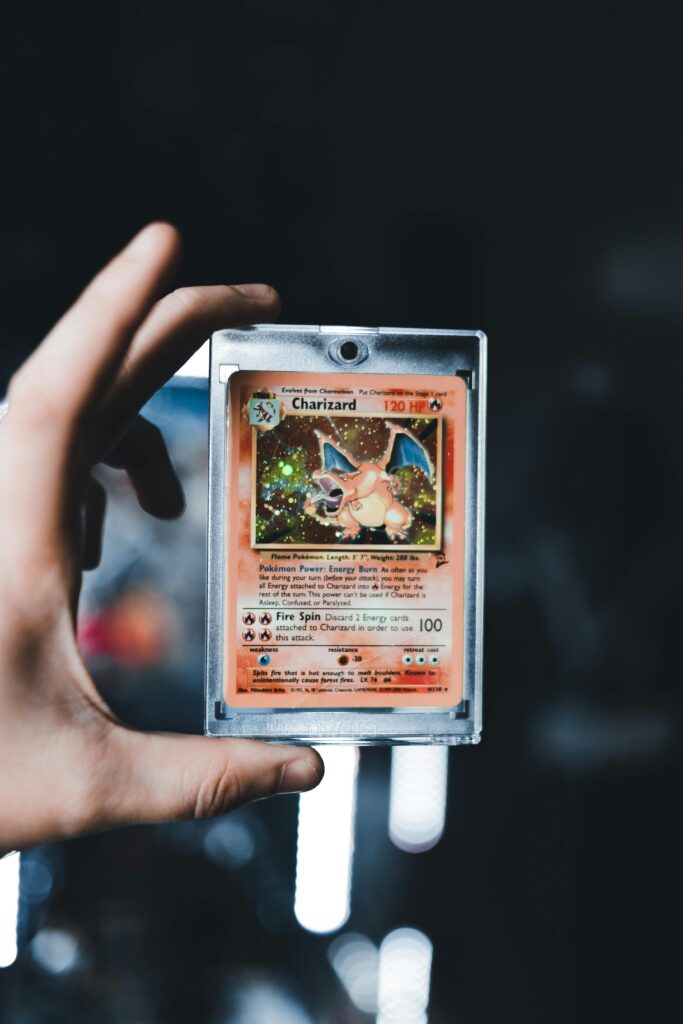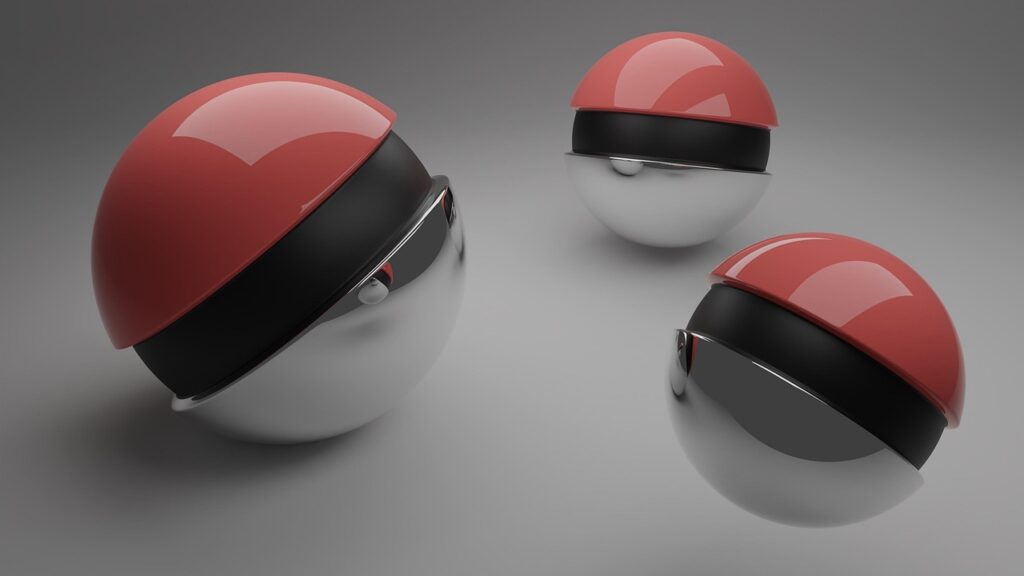Everything you need to know about grading Pokemon Cards
The Ultimate Guide to Grading: Risks, Rewards, and Everything You Need to Know If you’ve been collecting Pokémon cards — whether vintage, modern, or somewhere in between — chances are you’ve asked yourself at some point: “Should I grade this card?” It’s a big question. Grading can skyrocket the value of a card… or leave you with an expensive slab that nobody wants. So before you jump into submitting your favorites to PSA, BGS, CGC, or another grading service, this guide will walk you through everything you need to know — from benefits and prep to risk vs. reward, and who you should trust. 📦 What Does Grading a Pokémon Card Mean? Grading a card means sending it to a third-party grading company that will professionally authenticate, inspect, and score your card on a scale (typically 1–10). It’s then sealed in a protective case (slab) and returned to you with its official grade, which can significantly affect its value and desirability. ✅ The Benefits of Grading Pokémon Cards 1. Increased Value A card graded PSA 10, BGS 9.5, or CGC 9+ can be worth 2x to 10x more than its raw (ungraded) version — sometimes even more for vintage or scarce modern cards. 2. Authentication Grading confirms the card is genuine and not a counterfeit — which is especially important with valuable or vintage pieces. 3. Protection Cards come back encased in tamper-proof, archival-quality plastic slabs, protecting them from damage, moisture, and UV light. 4. Market Confidence Buyers are much more confident purchasing graded cards. They know exactly what they’re getting, and you eliminate subjective “NM” or “LP” (Near Mint/Light Play) guesswork. 5. Long-Term Investment High-grade cards, especially from reputable grading services, are far more stable over time in both value and demand — making them excellent long-term holds. 🔧 The Prep Work: How to Prepare Cards for Grading Grading isn’t just a “send it and hope” process. If you want a high grade, preparation is key: ✨ Step 1: Inspect Your Cards Use a bright light and magnifying glass to check for: Even small flaws can drop a card from a 10 to a 9 or lower. 🧤 Step 2: Handle with Care Use clean hands, or better yet, gloves. Avoid touching the surface. Always handle from the edges. 🛡️ Step 3: Sleeve and Topload Insert the card into a penny sleeve, then into a card saver (preferred by PSA) or top loader. Avoid anything too tight or bulky. 📝 Step 4: Choose the Right Submission Tier Most grading companies offer different service levels (bulk, standard, express) with varying costs and turnaround times. Consider value and urgency. 💸 The Risk vs. Reward of Grading 🎲 The Risks: 💎 The Rewards: 🏢 Which Grading Company Should You Use? (2025 Edition) 🔴 PSA (Professional Sports Authenticator) ⚫ BGS (Beckett Grading Services) 🔵 CGC (Certified Guaranty Company) 🟢 Other Players: AGS, TCGC, Ace Grading (UK), etc. 📊 Who Offers the Best ROI? PSA still dominates the resale market. A PSA 10 generally sells higher than the same card in CGC 9.5 or BGS 9. That said: 🧠 So… Should You Grade Your Card? Here’s a quick checklist to help decide: ✅ Is the card clean, centered, and flawless to the naked eye?✅ Is it rare, popular, or highly collectible?✅ Would it gain significant value with a PSA 9 or 10 grade?✅ Are you comfortable risking the cost and wait? If you answered yes to most of these — grading is likely worth it. If the card is damaged, common, or low-value, you might be better off keeping it raw or saving the grading fee for a better candidate. 🏁 Final Thoughts: Grading is a Tool, Not a Requirement At the end of the day, grading is one of the most powerful tools in your collector toolbox — but it’s not for every card or every collector. Whether you’re building a long-term investment binder, flipping rare pulls, or just want to protect that one perfect Charizard from your childhood — grading can add value, protection, and prestige. But remember: not every card needs to be graded to be meaningful. Sometimes, a raw card in a binder tells a better story than a number in a slab.
Everything you need to know about grading Pokemon Cards Read More »

